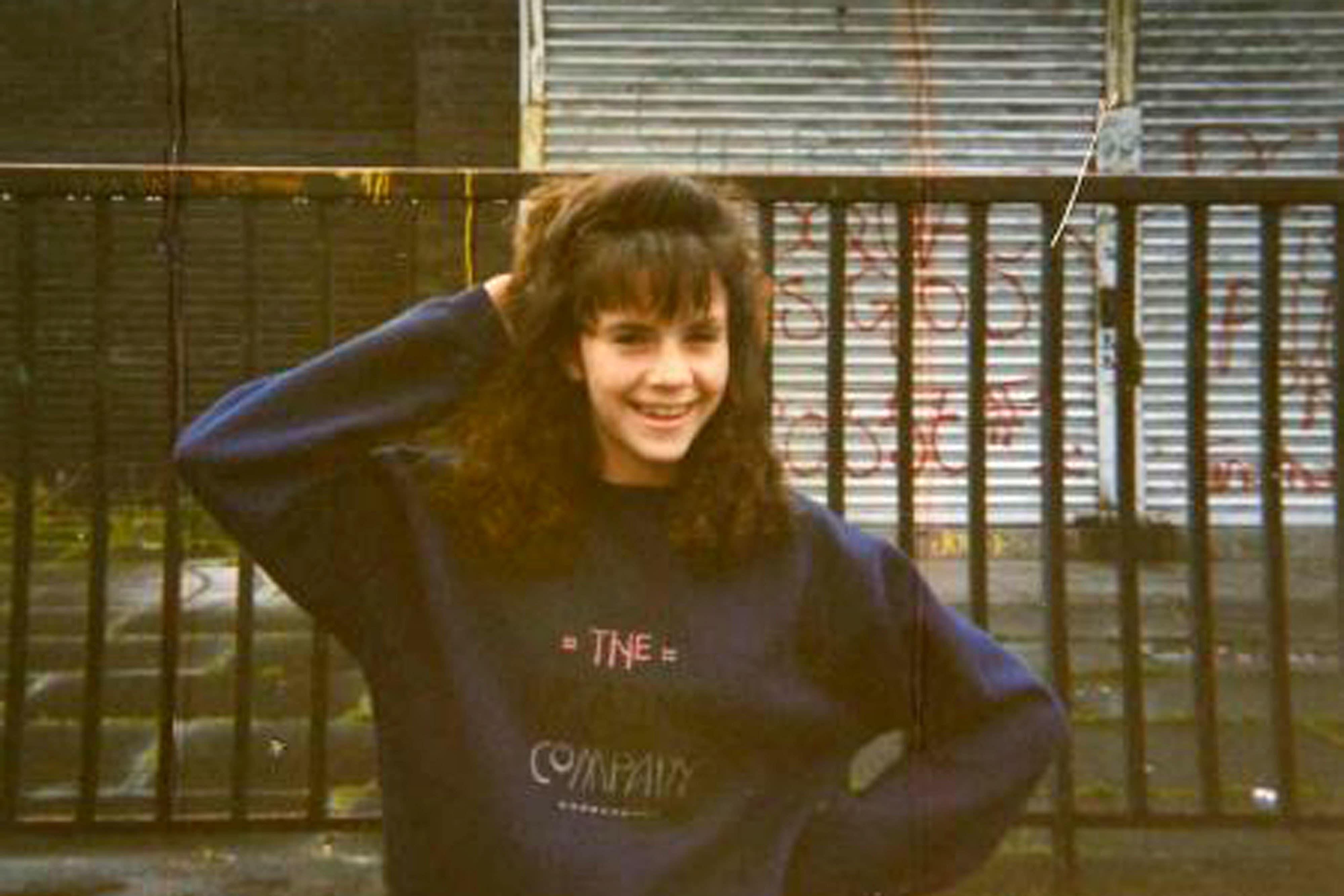Teenager was unconscious but alive when she entered water, murder trial told
Dr Marjorie Turner told jurors Caroline Glachan had drowned but there was significant blunt force trauma to her head.

A Scottish teenager allegedly murdered 27 years ago sustained at least 10 “significant blows” to her head which rendered her unconscious before she entered into a river, a pathologist told jurors.
The body of 14-year-old Caroline Glachan was discovered in the river Leven, near Place of Bonhill in Renton, West Dunbartonshire, on August 25 1996.
Three people: Robert O’Brien, 45; Donna Marie Brand and Andrew Kelly, both 44; are on trial at the High Court in Glasgow accused of murdering the schoolgirl.
Prosecutors claim the three arranged to meet Caroline at a bridge on the towpath, beside the river between Renton and Bonhill where they are alleged to have assaulted her, shouted and swore and repeatedly kicked and punched her on the head or body.
It is claimed the trio threw bricks or “similar instruments” causing blunt force injuries to her head and body, before pushing, or causing her to fall into the river and ultimately murdering the 14-year-old.
All three accused have pled not guilty and lodged special defences of alibi.
On Tuesday morning, the jury head evidence from Dr Marjorie Turner, a forensic pathologist who completed a post-mortem examination on Caroline following her death.
She told the court that the ultimate cause of the teenager’s death was drowning, however, it was likely that she was already unconscious before she fell into the river.
“Her lungs showed classical features of drowning. In addition, she had significant injuries with a number of blunt force injuries to her head and skull,” Dr Turner said.
“These injuries were likely to have caused her to lose consciousness.”
Advocate Depute Alex Prentice asked: “Would the loss of consciousness be rapid?”
She replied “potentially” given the number of “significant blows” landed.
She added: “She was still alive when she went into the water. The drowning was the ultimate cause of death.”
However, she told the court the schoolgirl had suffered at least 10 – but potentially more – blows to the head, resulting in “obvious blunt force injuries to the face and scalp”.
Given the pattern, which fell from her head to her left cheek, she said it suggested “it is most likely from a weapon that is long and quite narrow, with a rough component to it,” but could also be from punches, kicks and stamps.
The teenager also suffered an “extensive fracture of her skull”, which Dr Turner said could have resulted in “potentially fatal brain damage”.
O’Brien’s solicitor, Ian Duguid, asked if the teenager was “alive but unconscious” upon falling into the water and Dr Turner replied: “Yes. It is extremely unlikely that she was not unconscious before she entered the water. It may also be the reason she wasn’t able to get out of the water.
“It was likely that she sustained a minimum of 10 blows, but potentially significantly more, to her head that were significant.”
O’Brien faces a separate charge alleging that on various dates between June 1 1996 and August 25 1996, he assaulted the teenager at locations including Balloch Country Park, Renton, Vale of Leven and “elsewhere in Dunbartonshire”.
It is alleged O’Brien assaulted the teenager by punching her face, placing his hands around her neck and compressing her throat.
Earlier, the court heard from Daniel Mullen, 55, one of three men who discovered the teenager’s body.
He told jurors the group held hands to “create a human chain” to enable them to inspect what was floating in the river.
A later witness, Andrew Walker, 45, told jurors he heard a “kerfuffle” while walking home on the streets near the river.
He said he heard a scream and went towards the river to see what was happening where he heard a further scream.
He told the court: “It was like a kerfuffle maybe, then there was a second scream that was a bit louder. It was maybe someone trying to shout.”
He told jurors that, at the time, he thought the person said: “I didnae dae it”, or “it wisnae me”.
“It was enough to make us realise that we didn’t want to be there,” he said, adding that he and his friends ran towards Renton to get away.
The trial, before Lord Braid, continues.
Bookmark popover
Removed from bookmarks